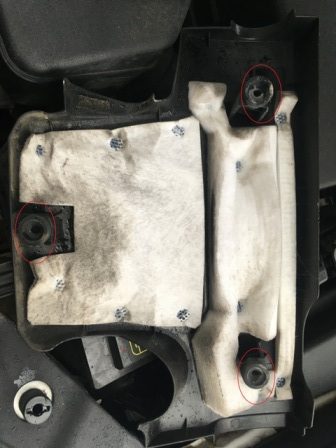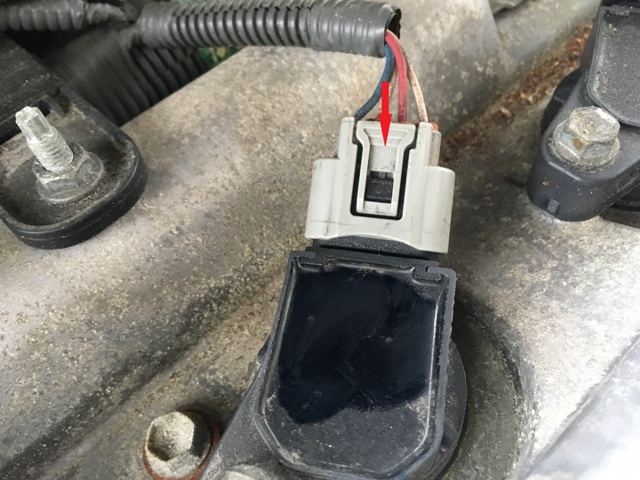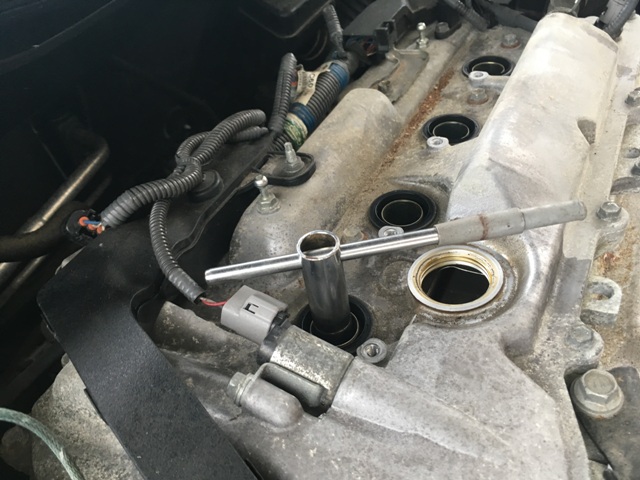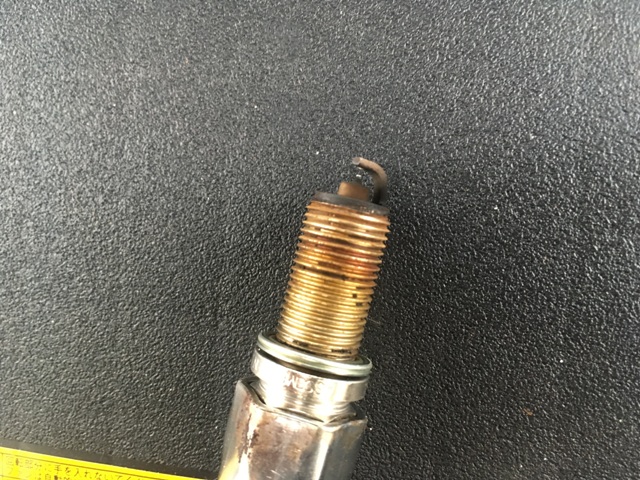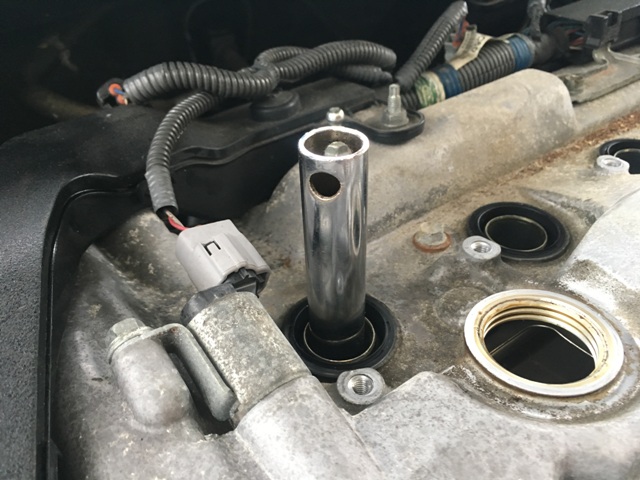How to Change Spark Plugs Toyota Camry
How to Change Spark Plugs Toyota Camry:
Spark plugs on 4 cylinder engine Camry are very accessible can be changed in about an hour at most. If you have 6 cylinder version then it’s a whole different story, more complicated and time consuming.
Spark plugs will affect operation of your engine and are recommended to be changed every 120,000km or so but with Canadian or Ontario harsh winters its better to change spark plugs in your car earlier than recommended, around 100,000km. Doesn’t hurt, since spark plugs are not expensive and there is little labor involves to change them.
Spark plugs are maintenance item, change intervals will depend on type of spark plugs used: When to Replace Spark Plugs on Your Car.
2012 Toyota Camry 4 cylinder 2.5L engine. Oem Toyota spark plugs are Denso Sk16HR11 and cost about $17 each. However, there are other aftermarket brands and you can find them online cheaper.
Tools: 10mm socket, ratchet and spark plug socket.
How to Remove Spark Plugs
Remove engine cover, it’s a plug in type with 3 pins, there are no screws to remove. Pull on it and will come out. Once cover is out you can now access ignition coils which need to be removed in order to change spark plugs.
Unplug electrical connections on all four ignition coils and move them aside. Press on tab to remove connectors (image below, red arrow).
If ignition coil is seized and wont come out easily, use a flat screwdriver between coil body and electrical plug to help release it, be careful not to break anything.
Ignition Coils are fastened on valve cover with 10mm bolts. Remove all bolts and pull ignition coils out one by one.
Use spark plug socket and remove all four spark plugs.
That’s how spark plugs look on this used car with 80,000km on odometer. Although this spark plug is still operating normally, wear is visible on spark plug electrodes and is a matter of time before failure. Failed and/or old spark plugs will shorten ignition coil lifespan by creating higher resistance and overloading ignition coils.
How to Install Spark Plugs Toyota Camry
Spark should be screwed in only by hand, do not use ratchet or force. Insert a spark plug on socket and screw it by hand until it goes all the way in. It should go in easy and straight. If it doesn’t go in easy do not force it. Pull spark plug out and try it on another hole or try another spark plug.
If spark plug goes in crooked and you force it in, it will destroy engine block threads and that will require drilling and retreading of engine plug holes. That’s a lot of expensive headaches.
How to Change Spark Plugs Toyota Camry: After all spark plugs are installed by hand, use ratchet to completely tighten spark plugs afterwards. Spark plugs have a crush washer to seal cylinder hole, do not over tighten or use extensive force. It takes half a turn or so to fully tighten spark plugs with a ratchet after hand installation.
Plug in coils and tighten 10mm bolts. Clip in electrical connections on coils and install engine cover. Start your car and leave it running for few minutes to check operation and make sure everything is all right.
If you also need to change batteries on your Toyota key fob, more here on How To Change Toyota Key Fob Battery.
(If you are also looking for a fast and easy solution to sell your car, more here on “How To Sell Your Car Fast” in Ontario).
Comments: If you have any questions or suggestions related to this post or Used Car Toronto in general, don’t hesitate to use comment section below.


